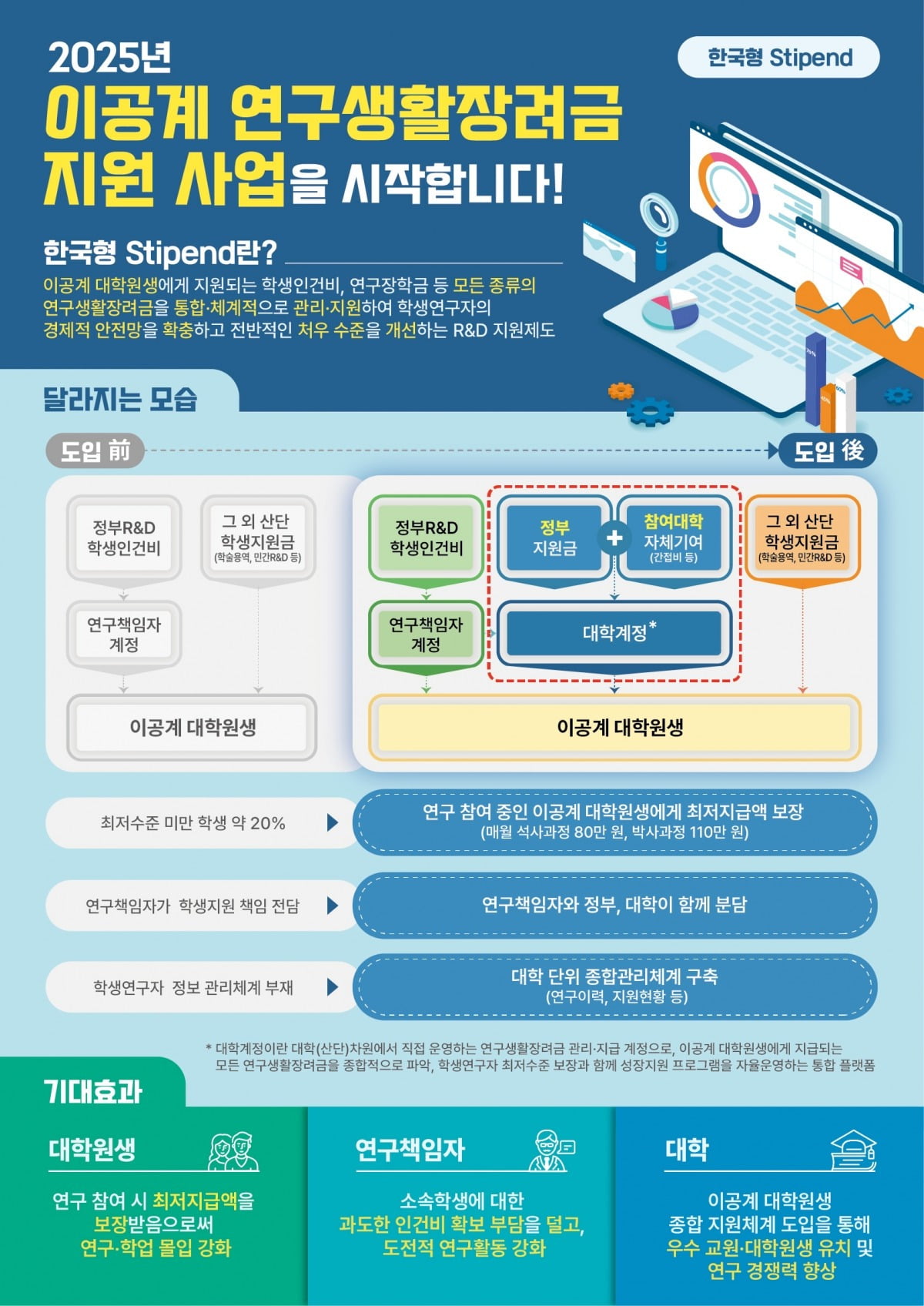Curious how SAP S/4HANA helps you anticipate future revenues and costs? Let’s explore predictive accounting and how it redefines forecasting in your financial reports. Management accounting traditionally captures financial data for external business transactions earlier than financial accounting. It does this to deliver predictions that include the anticipated margins for the sales orders received or the purchase orders outstanding and the associated costs. You might like to think of predictive accounting as sitting between the plan and the actual journal entry from a timing perspective. Not that predictive accounting as such is new. Commitments existed in SAP ERP, as did records for incoming sales orders and order-related projects in costing-based profitability analysis, but these postings are being rearchitected in SAP S/4HANA to store them in the Universal Journal alongside the Generally Accepted Accounting Principles (GAAP)-relevant journal entries. The difference is that predictive journal entries are stored in a separate ledger to separate them from the GAAP-relevant postings needed for accounting purposes. You can begin to explore the role of predictive accounting by looking at the figure below. In any given period, you’ll have posted material movements, invoices, and so on (which we call the actuals), but you’ll also have contractual information in the system for purchase orders (which indicate that a goods receipt and an invoice receipt are expected on the procurement side) or sales orders (which indicate that a goods issue and invoice are expected on the sales side). The contractual information also indicates when these business transactions are expected, with the journal entry date being used to determine the value of the incoming sales order and the posting date being used to determine the value of the predicted revenues. You may not yet have made a GAAP-relevant posting, but you already have information that can indicate what the state of the business will be at the end of the next month or quarter. Of course, there are still other outstanding items, as indicated by the other items for recurring entries, close tasks, and so on. However, including the values for open sales orders and open purchase orders in the reporting already indicates the value of future business transactions for which a contractual obligation has already been recorded. As you look at the above figure, it’s important to understand that the figures shown in the second column will gradually move into the first column as costs and revenues are incurred. If you’ve worked with commitments before, you’ll know that this commitment is gradually reduced as goods are received and canceled when the final invoice is posted. The same process takes place in reverse for incoming sales orders, when the prediction is reduced as the customer is billed for each delivery. Let’s begin by looking at the Commitments by Cost Center app (SAP Fiori ID F3016) in the next figure, which shows the open purchase orders and travel requests that a cost center manager is responsible for. The predicted costs are considered commitments because they represent an obligation to pay for the goods or services ordered. This analytical list page shows spend over time for the associated cost centers, which allows managers to monitor what they have already spent and what part of their budget is already committed to cover purchases that have not yet been received. These commitments will be reduced as the goods are received. This is important from an accounting perspective as the goods receipt and invoice receipt will result in actual costs in the cost center and it’s important not to count the same transaction twice. Below is an example of a Cost Center Budget Report—a passive way to monitor spend against plan. However, you can take the idea of budget monitoring further and have the system issue warnings or even errors when managers try to initiate spending that will result in them exceeding the budget set for the cost center. Notice the Budget-Carrying Cost Center column. Cost centers that carry a budget are assigned to a budget availability control profile, and checks are performed for these cost centers. You can also decide which journal entries should be included in the check. Typically, you will be looking to include external purchases, travel expenses, and so on, but to exclude the results of allocations and settlements. You might then define that an error will be issued when the budget is completely used up for that cost group (100%) and that a warning will be issued once more than 80% of the budget has been used. You can also create commitments and perform budget availability checks against WBS elements in SAP S/4HANA. At the time of writing, it isn’t yet possible to create commitments for orders, and so this function only makes sense for WBS elements that do not work together with networks, maintenance orders, production orders, and so on. SAP ERP included two solutions for commitments: the one designed for all customers that made purchases and an extended version that supported the more complex requirements of the public sector. Both solutions continue to be supported. From a controlling perspective, the cloud solution described previously can only handle WBS elements, not any assigned orders or networks. For this reason, you should continue to use the existing solution if you work with project structures that include assigned orders. If you now consider the sales situation, predictive journal entries are created for incoming sales orders when the sales order item is created in SAP S/4HANA. The key date for incoming sales orders is the date on which the order was captured, or the journal entry date, as shown in this figure in the Incoming Sales Orders app (SAP Fiori ID F2964). This is an analytical list page that allows the user to select by customer group, product group, and profit center and then see the associated items either graphically or in list form. You can easily audit these journal entries by following the link to the associated sales order items. Notice how all the reporting dimensions in the Universal Journal are filled using the same derivations as for the revenue and COGS postings later. In addition to the extension ledger itself, the PA prefix for the journal entry alerts the user to the predictive nature of the posting. A similar app exists for predictive revenues, but it uses the posting date as the key date to reflect when the revenue is expected to be earned, as in the following figure, which shows the Gross Margin app (SAP Fiori ID F3417). In both cases, if the sales order is changed, the journal entry shown in the previous figure will be flagged as obsolete and a new item will be created to reflect the change. An important idea behind predictive accounting is that the predictions are gradually reduced as the orders are fulfilled and invoices are sent out. As you think about predictive accounting, it’s important to understand that these predictions are tightly integrated with the relevant sales and purchasing processes. The predictive journal entry is subject to all the checks that a normal journal entry in accounting would face. If there are errors in accounting, then the system will prevent users from posting the material movement or invoice. In predictive accounting, the system allows the user to post the sales order, but documents with accounting errors will be stored in an error log and fixed using the Monitor Predictive Accounting app (SAP Fiori ID F3828), which is shown in this figure. In costing-based profitability analysis in SAP ERP, you could capture the revenues and costs associated with incoming sales orders in a make-to-stock environment using record type A for incoming sales orders and then include them in your profitability reporting. The main difference was that they were never reduced, so users had to be careful to select documents of the correct record type in reporting, whereas predictive accounting records the reduction as the delivery and revenues result in true COGS and revenues. In costing-based profitability analysis in SAP ERP, you could also capture the revenues and costs associated with order-related projects using record type I and then include them in your profitability reporting. Predictive accounting does not yet support record type I (order-related projects) in a make-to-order environment, but work to offer an equivalent solution has begun. Editor’s note: This post has been adapted from a section of the book Controlling with SAP S/4HANA: Business User Guide by Janet Salmon and Stefan Walz. Janet is the chief product owner for management accounting at SAP SE and has accompanied many developments to the controlling components of SAP ERP Financials as both a product and a solution manager. Stefan is the chief business process architect for SAP S/4HANA financials at SAP. This post was originally published 5/2025.What Is Predictive Accounting?

Using Predictive KPIs to See Ahead

Budget Monitoring and Availability Checks

Commitments for WBS Elements and Projects
Predictive Journal Entries for Incoming Sales Orders

Gross Margin and Predictive Revenue Apps

Error Handling in Predictive Accounting

Comparison to Costing-Based Profitability Analysis









![“뭉클했다” 친정팀 환영 영상 지켜 본 김하성의 소감 [MK현장]](https://pimg.mk.co.kr/news/cms/202504/26/news-p.v1.20250426.d92247f59a8b45a6b118c0f6ea5157ef_R.jpg)



 English (US) ·
English (US) ·